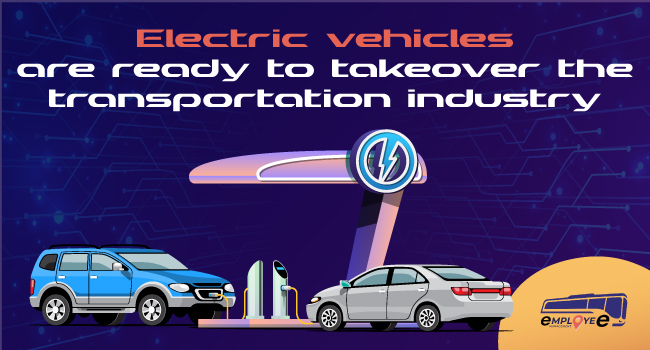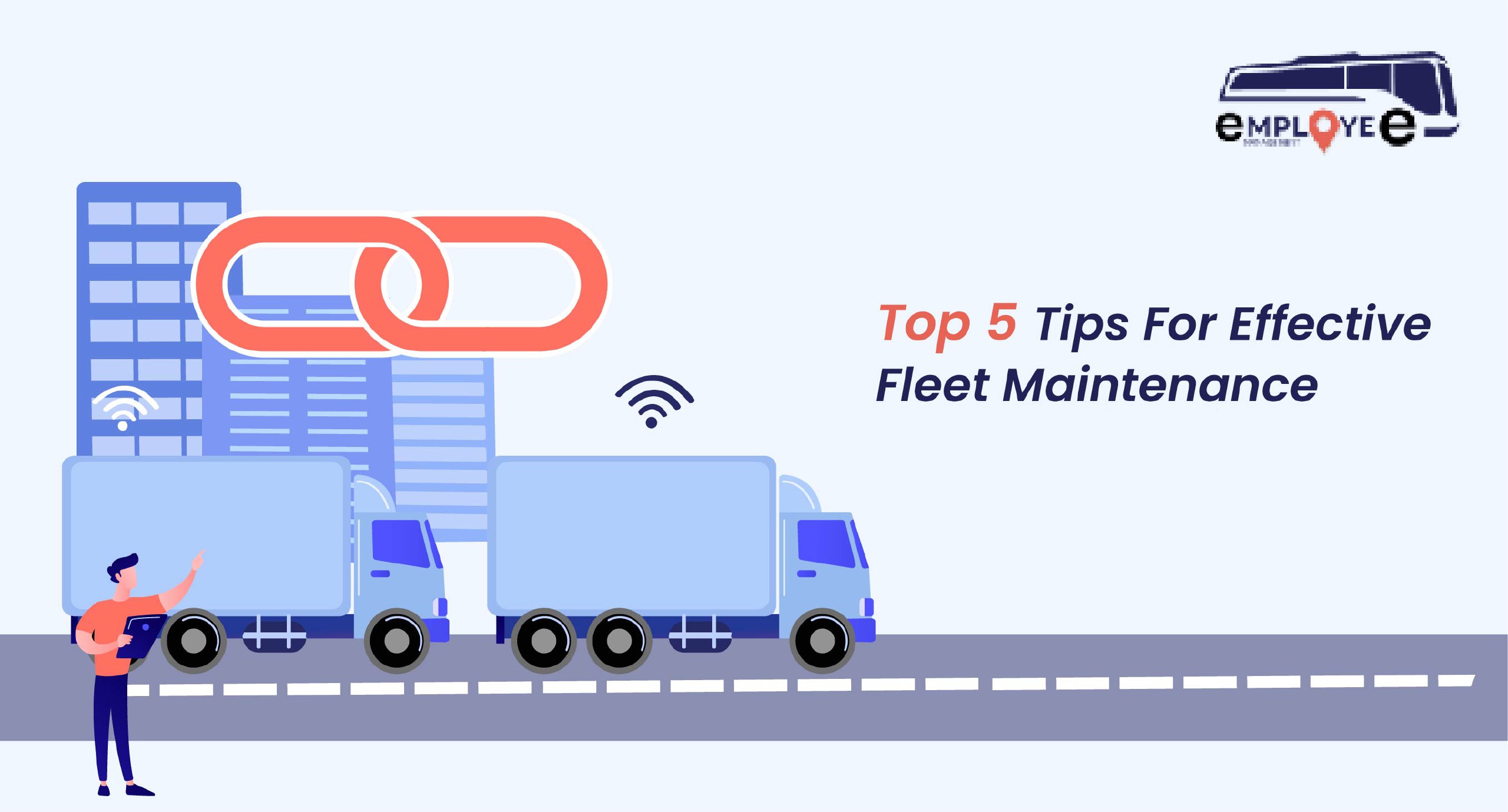Before Tesla, electric vehicle was indeed an unknown realm for many. In fact, those people who were mesmerized by the beast of vehicles that are powered by combustion engine started adoring Tesla’s path-breaking electric powered vehicles.
People choose combustion engine over electric vehicle primarily for their reliability safety and fuel availability. What Tesla did here in this particular scenario is that they slowly managed to shock the world by combining all these and added speed as well.
The stage has been set. The game is already changing.
But the million dollar question here would be, is it that easy?
If it is, when and how?
Hurdles in front
Tesla Model S and BMW i8 has managed to couple elegance, innovation and speed to their vehicle no doubt in that. They are costly; however, there are buyers across the globe that is ready to pay.
If money is the issue there are Chevrolet Bolt and Nissan Leaf in the pipeline. So what’s stopping the world to change?
The answer would be the expensive battery replacement in all those cars and the unavailability of charging points. At present charging, these cars require special adaptors and ports which are most likely to be installed in the car owner’s garage.
The biggest hurdle in front of electric vehicles manufacturers would be to make people believe them. Even though there are a lot of people who are in awe of electric vehicle. Their market is minuscule compared to that of traditional combustion engine vehicle.
Lately, news about the crash of Tesla Model S which was on Advanced Driver Assistance Mode has shocked many. Google’s prototype driverless vehicle also met with an accident lately, tarnishing the image and reputation.
However, despite all these negative factors experts are saying that by 2050 only 10% of the cars manufactured at that point of time will be of the combustion engine.
What’s good?
Electric motors have a variety of features which makes them efficient. For instance, torque.
Electric motors have a huge initial torque. And as a result, they can easily propel a bus or a larger vehicle.
The astounding factor about this kind of raw power is that electric motor can deliver this stupendous torque with low power consumption and can conserve energy while braking as well as stop.
To be precise, electric motor only needs 20% of the energy that’s utilized by a combustion engine for the covering equal distance. In MPG (Miles per Gallon) diesel engine will give approximately 3.9 mpg, on the other hand, an electric engine will give a jaw-dropping 21.4 MPG.
E-vehicles are not only important for people but also for our environment. An electric vehicle emits 6x less green house gases than that of a regular engine.
Bid good-bye to LI batteries
Cost of batteries and maintaining them has always been the biggest hurdle in front of electric vehicles. However, Tesla has managed to efficiently distribute and conserve power using (Lithium-ion) batteries which they sourced from Panasonic.
But still, Battery remained to be the biggest issue until recently.
Toshiba has unveiled a kind of battery which will revolutionize the electric vehicle industry big time.
Toshiba’s latest battery has the power to deliver 200 miles (320km) on a single charge. In short, only 6 minutes charging is needed for the vehicle to cover such a long distance.
As quoted by an online web portal spokesperson for Toshiba said that,
“The new battery also offers high energy density and ultra-rapid recharging characteristics, and its titanium niobium oxide anode is much less likely to experience lithium metal deposition during ultra-rapid recharging or recharging in cold conditions—a cause of battery degradation and internal short circuiting.”
What makes future of electric vehicle promising?
EV market is taking off with the assistance of innovative technology. Once they were uncool, expensive and ineffective. To get a clear picture, In the UK alone the sales of EV’s have experienced a 366 percentage rise in last year.
Range anxiety has always been a hurdle in front of EV manufacturing companies. With the help of latest technology batteries are improving their efficiency and can managed to alleviate the anxiety of potential buyers.
Tesla’s latest model S is equipped with advanced all-wheel drive motors which can independently control torque to the front and the rear giving it impeccable traction control. The motor also enables the vehicle to charge from 0-60 in a jaw-dropping 2.5 seconds.
Battery installed and power management in the Tesla car is so advanced that the car saves 21 mpg at $2.70 per gallon.
Nissan has recently unveiled their concept car LEAF which will be in sales on 2018. Nissan LEAF has got 3 versions, S, SV, and SL.
Read Also:“Top 5 Trends that will change the future of Logistics industry”
These budget cars can run up to 155 miles on a single charge. The S model is the cheapest among three. The cost of the Nissan LEAF S is $30,680. The most advanced, that is SL model costs around $37,000.
Vehicle manufacturer giant Chevrolet has come up with their electric vehicle named as the BOLT. Bolt has the ability to deliver 238 miles per charge. They are using Nickel rich Lithium-ion battery to achieve this.
In South Korea, they have invented an innovative method to charge their electric buses. They have embedded magnetic induction devices to their road and equipped the battery inside the vehicle that is capable of magnetic charging.
Electric vehicle manufacturers around the globe are trying to install this same method so that range anxiety of buyers will be considerably reduced.
Autonomous driving has always been a fantasy that we see in movies. However, giants like Audi, BMW, and Tesla has already introduced partially autonomous driving to their vehicle.
Google is also in the picture with their autonomous car company Waymo.
News has it that UBER has already rented world’s top AI and robotic experts so that they can manufacture driverless car and earn the name world’s first driverless taxi service.
Electric Vehicles will redefine our urban areas. Most of the cities are now toxic owing to pollution. The one and only escape in this situation is to incorporate electric vehicle as much as possible to these areas.
Final Thoughts
The days to come will be of electric vehicle transportation. With the new innovation in battery and power management there will be affordable and reliable budget vehicle for the common man. Governments are also subsidizing vehicle tax nowadays to promote import of such vehicles. In short, it is just a matter of time that our cities will be filled by them.







